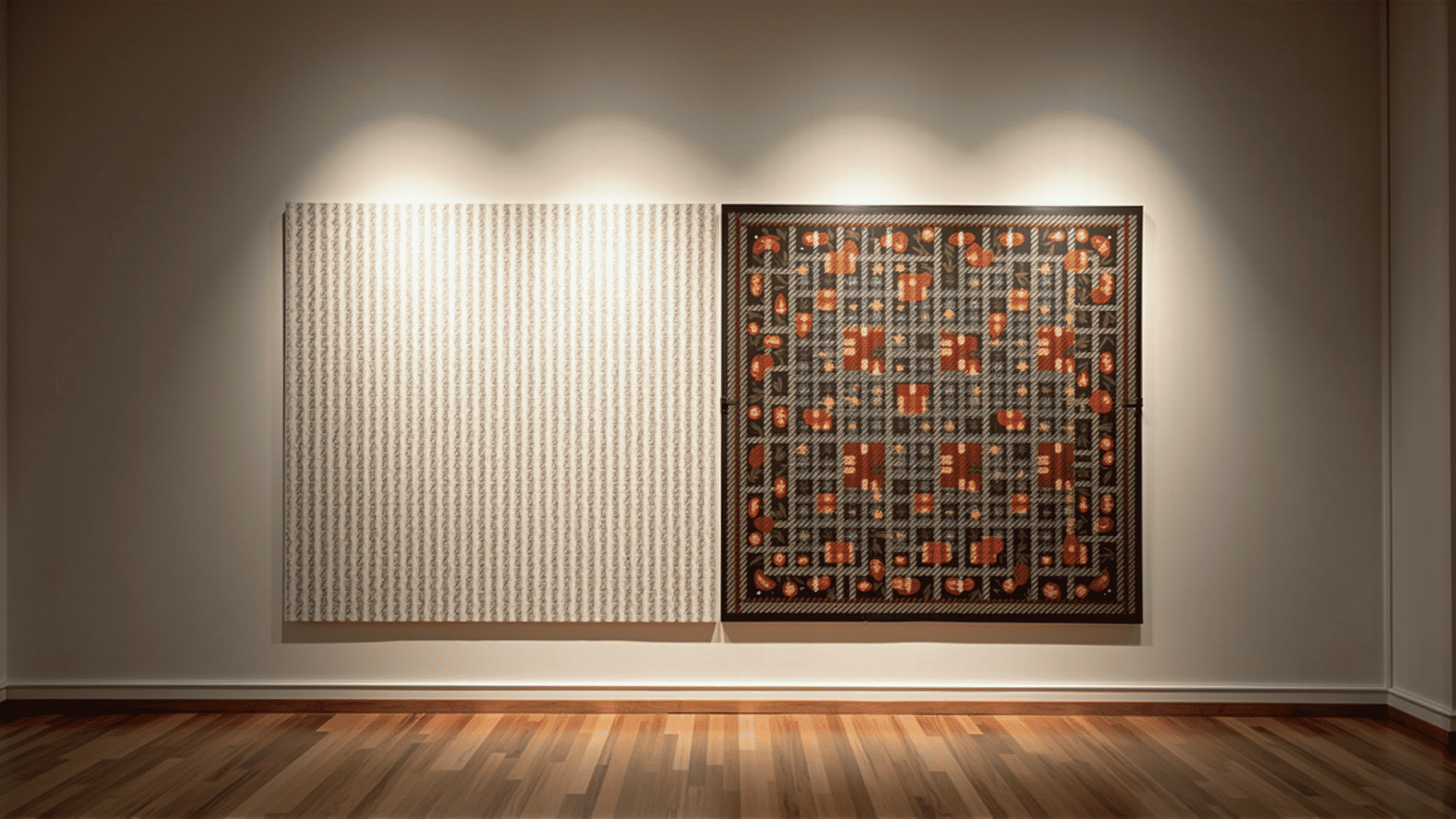In today's rapidly evolving world, the allure of modern traditionalism is capturing the imaginations of artists and audiences alike. This fascinating movement harmoniously blends contemporary techniques with age-old themes, creating masterpieces that resonate with the past even as they push the boundaries of the present. It is an artistic dialogue that celebrates the enduring allure of tradition while embracing the innovations of modernity.
At its core, modern traditionalism seeks to pay homage to cultural heritage and historical motifs, breathing new life into them through the lens of contemporary artistry. Whether through painting, sculpture, music, or dance, this approach revitalizes time-tested narratives by employing cutting-edge tools and interdisciplinary perspectives.
In the visual arts, for instance, painters are exploring new materials and technologies to reinterpret classical subjects, allowing vibrant colors and textures to dance across canvases in ways that were not possible before. These artists often draw inspiration from traditional landscapes and figures but infuse them with a modern sensibility. The canvas becomes a space where the past and present coexist, encouraging viewers to explore the delicate balance between nostalgia and innovation.
Similarly, in architecture, modern traditionalism manifests as a marriage between cutting-edge design techniques and historical architectural styles. This results in structures that are both innovative and familiar, juxtaposing sleek lines and advanced materials with elements that harken back to classical forms. These buildings stand as testaments to human ingenuity, connecting us to our roots while pointing to the future with optimism.
In the realm of music, composers are weaving traditional melodies and rhythms with modern harmonies and electronic elements, creating soundscapes that are both evocative and groundbreaking. These compositions honor cultural legacies while expanding their reach, making the music accessible and relatable to a global audience. Such works serve as cultural bridges, inviting listeners from diverse backgrounds to partake in a shared auditory experience.
Moreover, modern traditionalism extends to the world of fashion, where designers draw on traditional textiles, patterns, and silhouettes, combining them with contemporary fabrics and techniques. The resulting collections transcend time, offering garments that celebrate the beauty of tradition while catering to today’s sartorial sensibilities.
What makes modern traditionalism so compelling is its inherent respect for cultural heritage. This movement does not discard the past in favor of the new; instead, it acknowledges that the past has much to teach us, providing a foundation upon which new expressions can be built. By engaging with traditional themes through modern practices, artists foster a deeper connection between generations, ensuring that cultural narratives continue to thrive and evolve.
In a world where change is constant, modern traditionalism stands as a beacon of continuity and innovation. It challenges us to embrace the duality of our existence—to honor where we come from while daring to imagine where we might be headed. As we witness this harmonious blend of modern techniques with traditional themes, we are reminded that true art is timeless, transcending the era of its creation to leave an indelible mark on the human experience.
